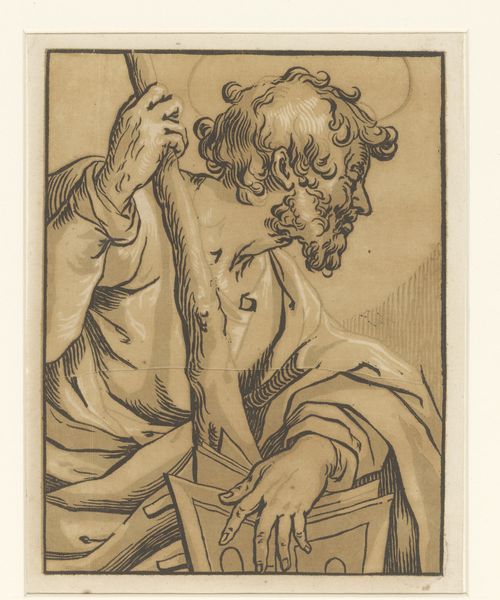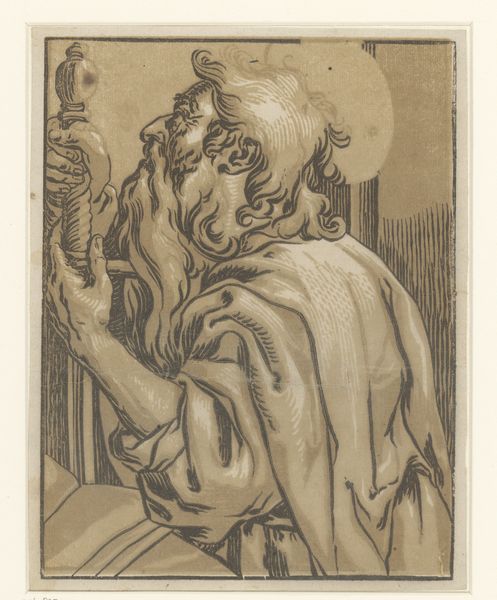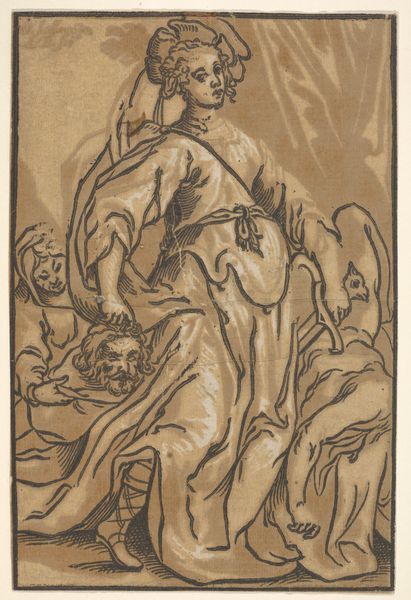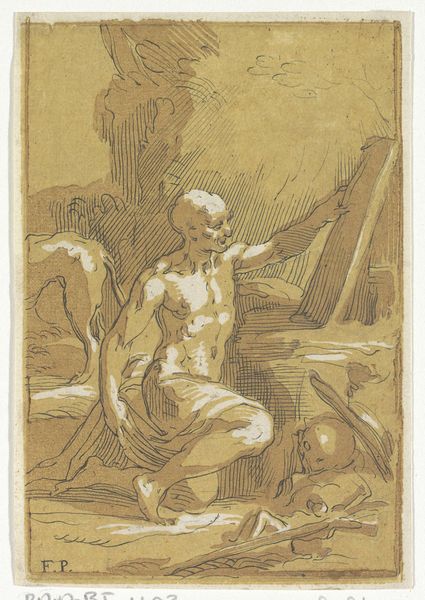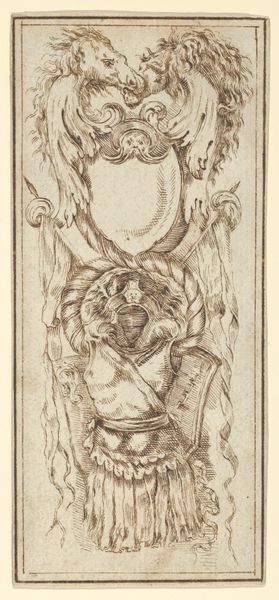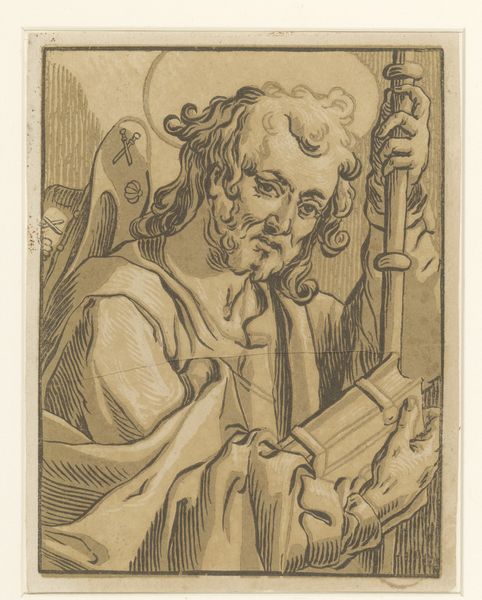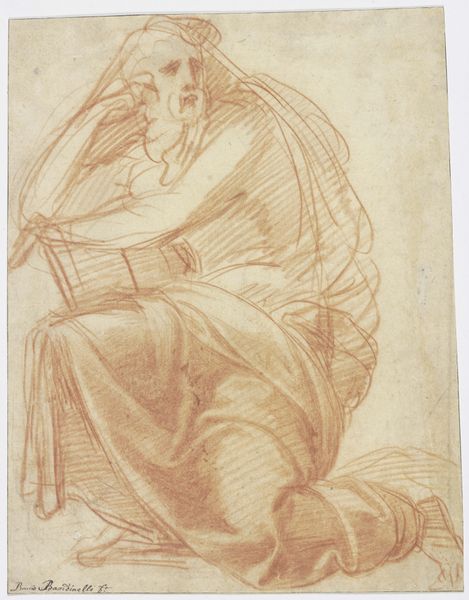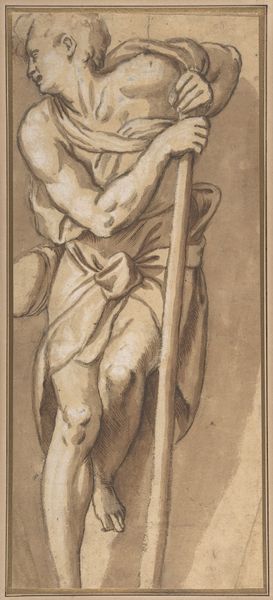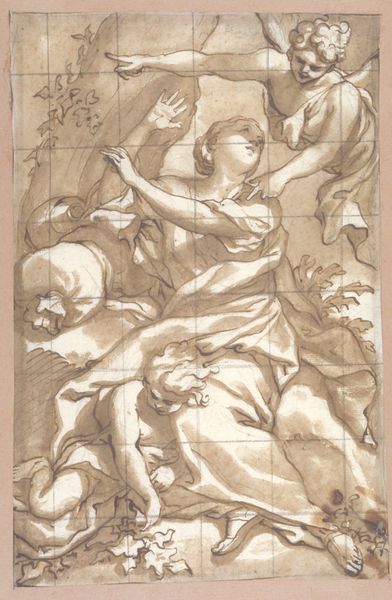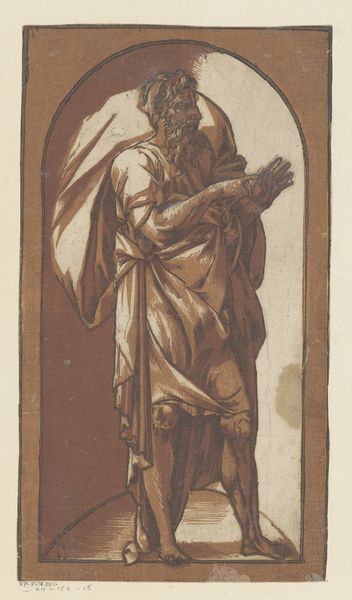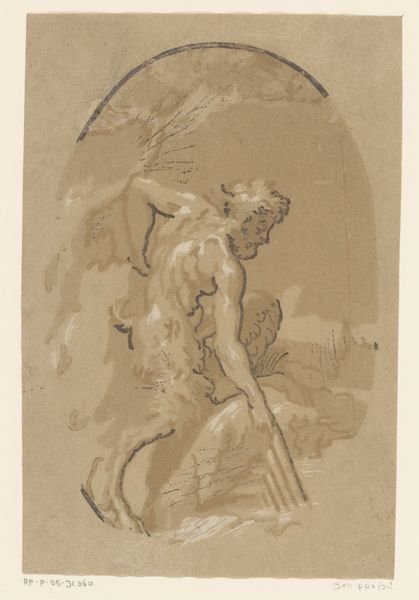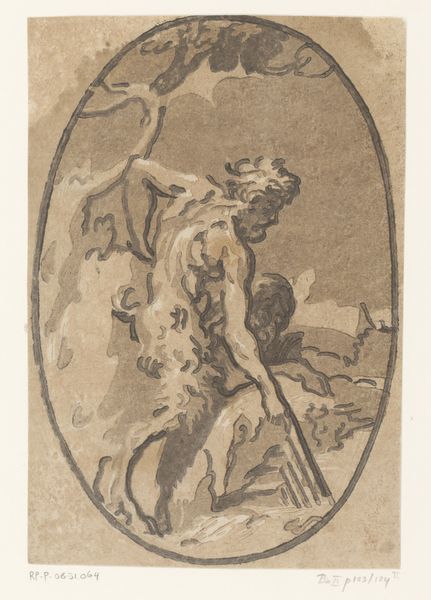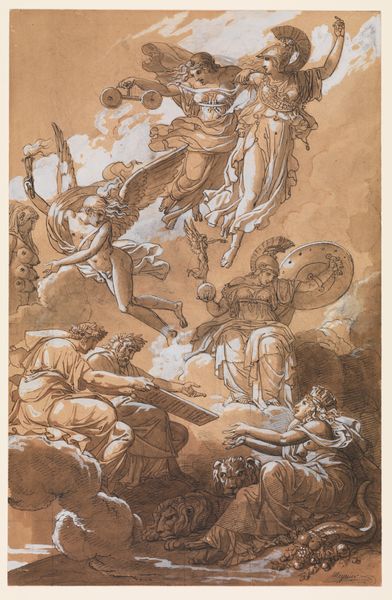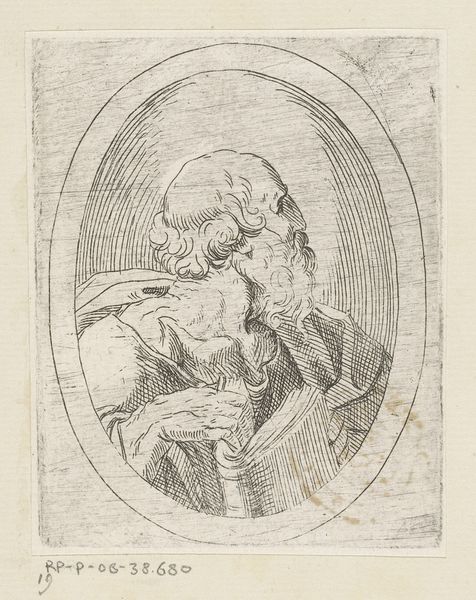
engraving
#
portrait
#
baroque
#
portrait reference
#
portrait drawing
#
engraving
Dimensions: height 210 mm, width 160 mm
Copyright: Rijks Museum: Open Domain
Editor: This engraving, "Apostel Mattias," attributed to Ludwig Büsinck and dating roughly between 1600 and 1669, is incredibly tactile despite being an image. You can almost feel the texture of the paper and the pressure of the engraving. What stands out to you about the materiality of this piece? Curator: For me, the significance resides in unpacking the process itself. Here we have an engraving, a medium reliant on reproducibility. Think about the labor involved. The artist, or perhaps a workshop, meticulously cuts lines into a metal plate. Ink is applied, then wiped away, leaving it only in the carved lines. What does it mean to circulate an image like this? Who would have had access to this, and what value did they place on it? Editor: So you are interested less in the religious figure and more in the means by which his image was disseminated? Curator: Precisely. The engraving process enabled broader distribution, creating access for various social classes. We must consider who had access to these images, how they were consumed, and how that consumption shaped social beliefs or artistic practices of the time. Notice, too, that Matthias is holding an axe; we think of him as a saint but here is depicted with his instrument of martyrdom, underscoring his work, his very labor in service to God. Editor: It’s fascinating to think about this piece as a product of labor and a tool for potentially shaping religious or social values through wider circulation. Curator: Exactly. It reminds us that art is always entangled with the social, economic, and material conditions of its making. Editor: That definitely gives me a new perspective to appreciate not just the image, but the whole historical context of its creation and dissemination. Thank you.
Comments
No comments
Be the first to comment and join the conversation on the ultimate creative platform.
